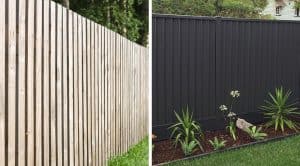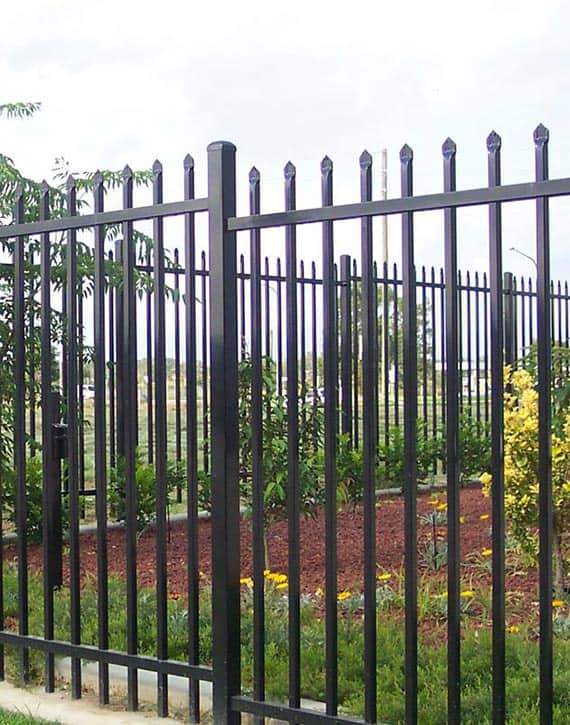
Get one of our team members to give you a call to discuss your project!
Home / How to Determine Which Side of the Fence You Own

If you’d like to know whether you are responsible for the cost of installation and care for a newly proposed or existing fence – you’ve come to the right place.
Each state and territory has their own rules about residential and commercial dividing fences, and which side owns what. So, your best bet is to refer to your relevant state or territory and local council website.
However, there are some crossover rules that apply to all regions, albeit with minor differences.
Generally speaking, if both you and your neighbour are the owner-occupier of an adjoined piece of land, then you share equal responsibility for the dividing fence. This means you both pay equal share for the cost of installation and repairs.
However, if the fence is situated outside of the common boundary line – i.e. the border that separates two pieces of adjoined land as defined by the land title – then the fence belongs to the owner-occupier who has the fence on their side of the boundary.
To determine the exact location of the common boundary line, refer to your copy of the land title, which should contain a diagram of your property and the location of the boundary.
What if neither you nor your neighbour has a copy of the land title?
Then you need to arrange a licensed surveyor to inspect the land. They will take into account several factors – i.e. the history of boundary lines obtained by the Land Title Office – to reach a logical conclusion as to where the common boundary line exists on your adjoined land.
There are a few exceptions where, even if a dividing fence is installed on a common boundary line, the cost may not be shared equally among both neighbours.
For starters, if one party wants a fence that goes beyond the definition of a ‘sufficient’ fence. For example, they want a fence that is taller or made of higher quality materials than what the minimum requirements state. In this case, the person who wants this should cover the cost of difference.
Secondly, you and your neighbour must consent to building a new dividing fence prior to starting works. If you or your neighbour commence works without prior notice, the other party is not liable for any of the cost.
However, if a neighbour submits a written notice of intent to build a new fence, and the other person fails to respond within a certain time period, the neighbour can commence work and seek compensation from the other party through the courts.
Building a new fence is an exciting time but can be stressful if not everyone is on the same page.
For this reason, it’s a good idea to consult your local fencing expert. There, you can determine if your project is available and, if so, what fencing options best suit your landscape and budget.
Once you know which side of the fence you own, it’s time to take the next step. Talk to the experts at Dunn & Farrugia by calling (02) 4731 6974 or request a quote.
